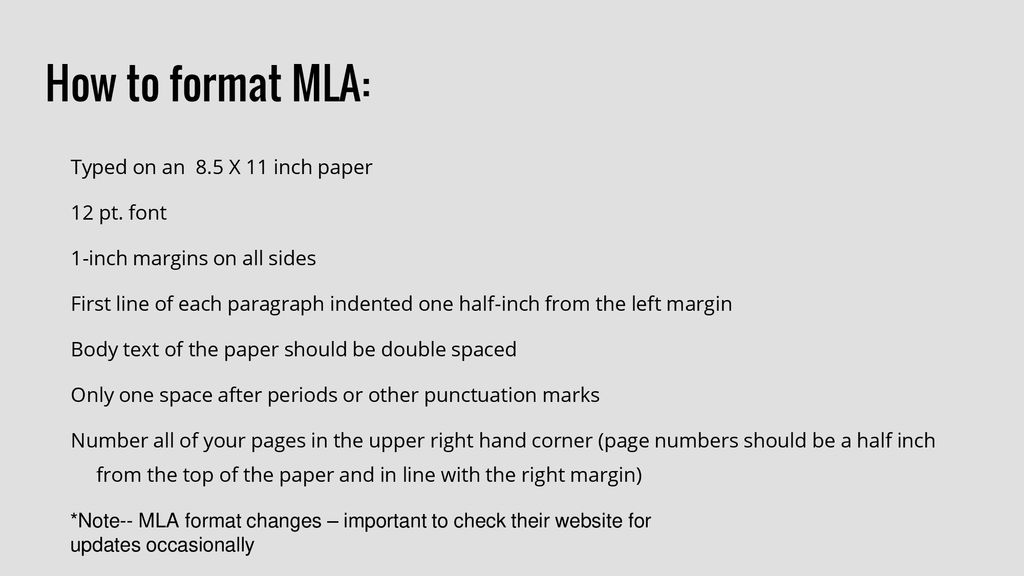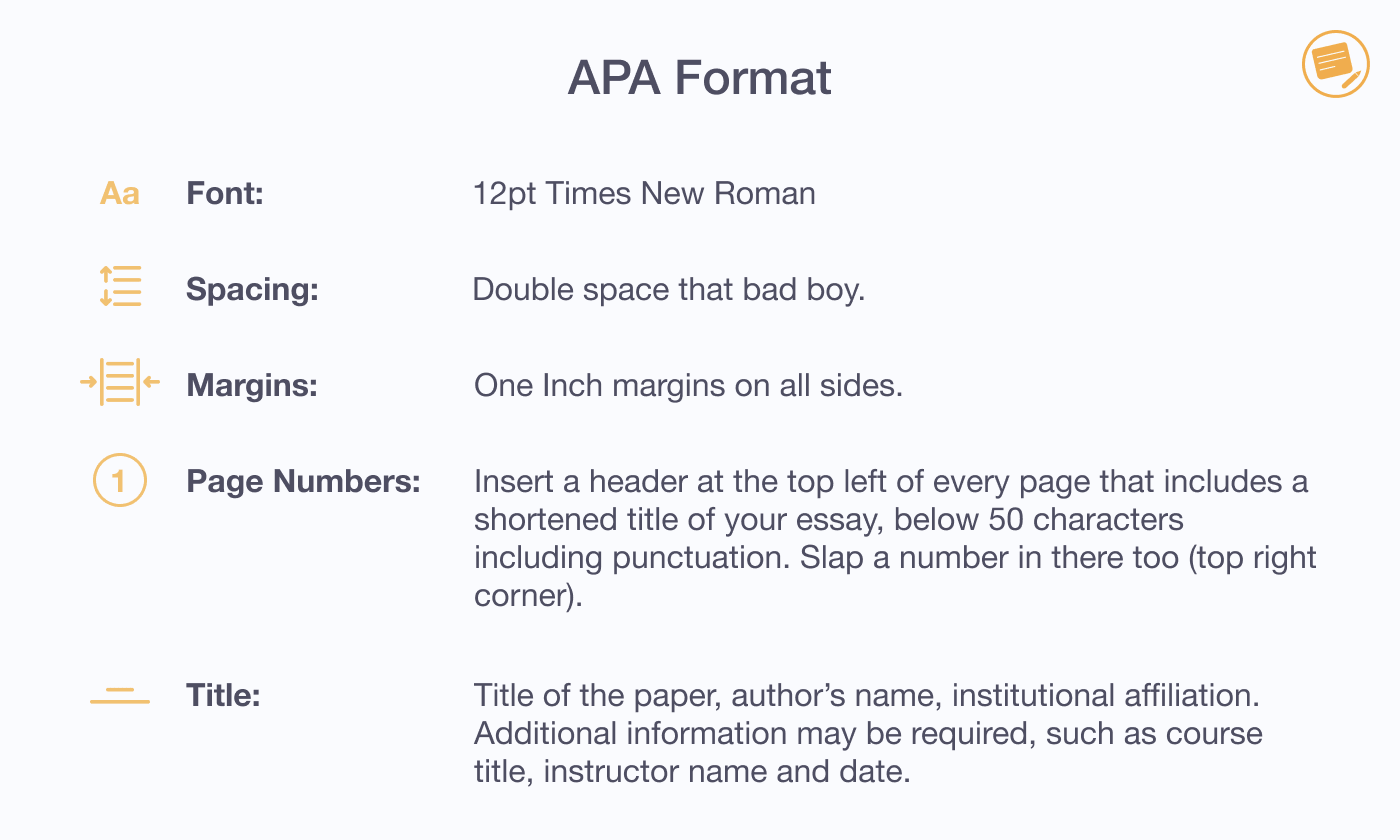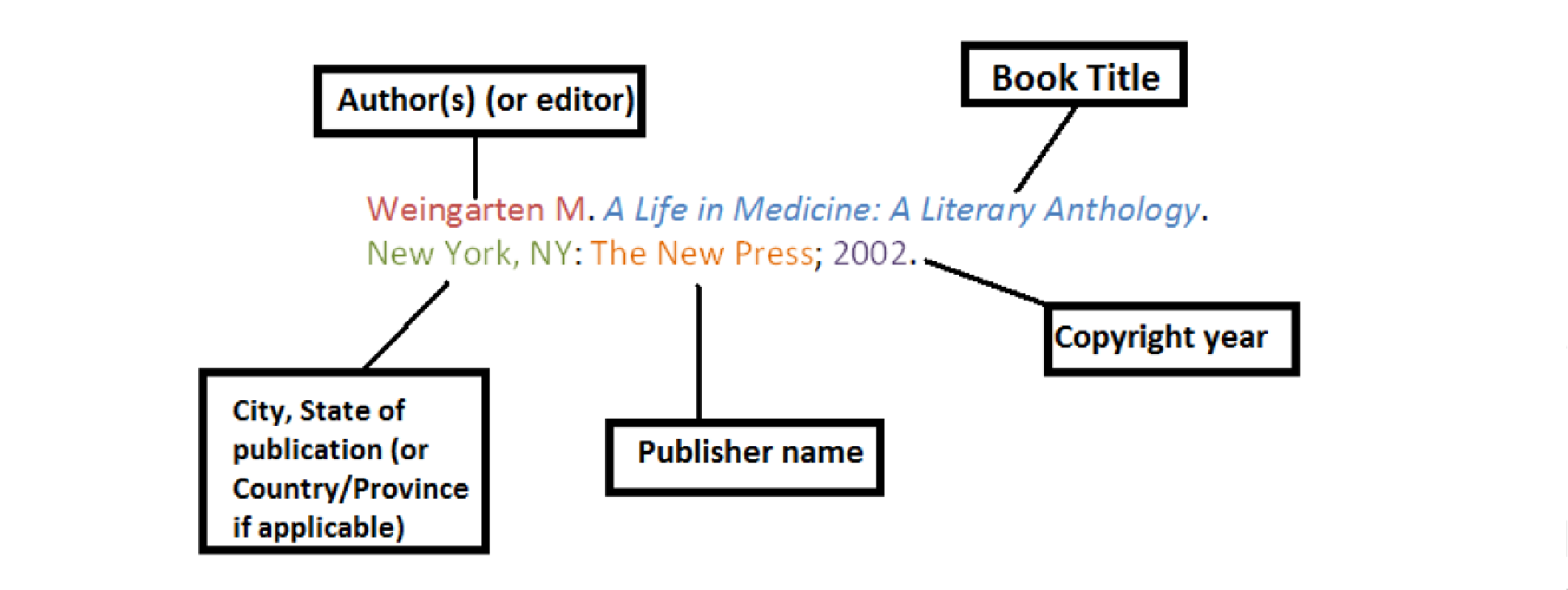The journey of a university student is quite an interesting one. All through their semester, they get involved in different kinds of assignments, such as classes, practical lessons, fieldwork, and internships. These are necessary to gain the knowledge, skills, and experiences needed in their careers. University students also participate in tasks like individual and group projects, field trips, and easy and difficult exercises.
Based on the knowledge they gain over time, they are asked to write a term paper to validate their learning experience. This task is tedious, unlike regular essays, which are quite easy. The term paper is usually about a topic that requires that they use their learning experience to help them write.
Due to how comprehensive it is, students are usually scared when told to write a term paper.
This article will provide you with the necessary knowledge that you’ll need to write a term paper for yourself and also for your colleagues.
Table of Contents
What is a Term Paper?
A term paper is a research paper written by students over an academic term, accounting for a large part of a grade. Term papers typically require students to research a specific topic, analyze the information they have gathered, and present their findings in a clear and well-organized manner.
They may also require students to provide their insights and interpretations of the material. The format and content of a term paper can vary depending on the subject, course, and instructor. If you already grasp a term paper, it is important you must know how to write a good term paper outline.
How to Write a Good Term Paper (Outline)
A good term paper outline can help you organize your thoughts and ideas and make writing smoother. Here are some steps for creating a good term paper outline:
-
Start with a clear thesis statement
The first step in writing a good term paper outline is to have a clear thesis statement. It should be the main point or argument of your paper. It should be specific and concise, and it should be included in the introduction of your outline.
-
Use a ranking structure
When writing a good term paper outline, you should organize its structure into main headings, sections, and sub-headings. This will help you see the overall structure of your paper and ensure that all the information is logically connected.
-
Be specific
When writing a good term paper outline, you cannot include irrelevant information. You should endeavour to be as specific as possible when listing the main points and supporting evidence for each section of your paper. This will help you stay focused on the topic and ensure that your paper is well organized.
-
Use keywords
Using keywords throughout your outline is a very important step in writing a term paper. One of the reasons is that it can help you remember your paper’s main points and arguments.
It can also help your readers organize their focus, helping them understand your term paper.
-
Include sources
In writing a term paper outline, you should add the sources you intend to use for your work in each section. This will help you stay on track and ensure that you have enough information to support your arguments. Also, citation of sources is known to lend credibility to your term paper and give credit to authors whose works you’ve employed in your research.
-
Review and revise
Another step taken when writing your term paper outline is revision. This entails that you review your outline regularly, ensuring that all sections are logically connected and that your arguments are supported by evidence.
If there is no connection, your term paper will be faulty, which will annul the purpose for which you decided to begin.
-
Don’t forget the formatting
There are different formats and styles used when writing a term paper. Though there are different formats, you are expected to use the style your lecturer prefers and ensure all the sections are in the right order.
An example of a term paper outline
This example is meant to show you what the contents of a typical term paper should be like.
- Introduction
- Background information
- Thesis statement
- Literature Review
- Overview of existing research
- Critique of previous studies
- Gaps in current knowledge
- Methods
- Data collection
- Sample selection
- Data Analysis
- Results
- Findings
- Tables, figures, and visual aids
- Discussion
- Interpretation of results
- Comparison to existing literature
- Implications
- Conclusion
- Summary of main points
- Recommendations for future research
- References
- List of sources cited in the paper
- Appendices
- Additional material supporting the research
Keep in mind that this is just a sample, and you should be able to tailor it to the specific needs of your term paper.
Read Also: Why Your Academic Essay is Below Average
Components of a Good Term Paper
When you want to write a term paper, it is important to note that there are certain building blocks that a term paper will contain. These building blocks are referred to as components. A typical term paper includes the following components;
-
Title page
A title page is the first component required in writing a term paper. It includes the title of the paper, the student’s name, and the course and supervisor’s information. When you write a term paper, ensure that all the information required on the title page is imputed correctly and concisely.
-
Abstract
An abstract is a summary of the main points of a term paper. It is typically found at the beginning of the paper and provides an overview of the study’s research, methods, results, and conclusions. A good term paper should have a clear and concise abstract that accurately reflects the content of your paper and provides a sense of the key findings and contributions of your research.
Your abstract should also be well-written, free of errors, and in style appropriate for the intended audience (the format style will be made known to you by your lecturers).
-
Introduction
An introduction is a component of writing a term paper. It provides background information on the topic being discussed, presents the main thesis or argument of the paper, and gives an overview of the organization and structure of the paper. It is typically the first section of your paper and is usually written after you have completed your research and writing process.
The main goal of an introduction is to engage your reader’s interest and provide context for the information that will be presented in the rest of your term paper.
-
Literature review
A literature review is a critical evaluation of the existing research on a particular topic. It is a component of a term paper as it provides context and background information on the topic being studied. A literature review in a term paper typically includes a summary of relevant theories, previous research studies, and key findings in the field. It also critically analyzes and evaluates the existing literature, highlighting gaps or inconsistencies in the research and identifying areas for future study.
This can help you establish the significance and originality of the research proposed in the term paper. It will also help you demonstrate your understanding of the current state of knowledge in the field and how your research will contribute to the existing body of knowledge.
-
Methods
Methods are a critical component of a term paper because they describe the procedures used to conduct the research and collect data. When writing a term paper, the methods section should include a detailed description of your research, the materials and instruments used, and all the procedures followed during the research.
It should also contain information on any ethical considerations related to your research, such as informed consent, protection of participants’ rights, and data privacy. Your method section should be written in a clear and concise manner, and it should be detailed enough that someone else could replicate the study based on the information provided.
Is this article helpful? Follow us on Instagram to get tips that can improve your writing.
-
Results
The results section of a term paper typically presents the research findings you conducted. This section usually includes a detailed analysis of your collected data, including any statistical analyses conducted.
You should try to present your results in a clear and organized manner. You should also
discuss them in relation to the research question or hypothesis being tested.
-
Discussion
The discussion section of a term paper is where you interpret and explain the significance of the findings presented in the results section. This section should connect the results to your research question or hypothesis and explain how the findings contribute to a deeper understanding of the topic being studied.
Also, the discussion should highlight any limitations of your study and suggest directions for future research.
-
Conclusion
The conclusion section is important when writing your term paper. This section summarises the main findings of your research and its implications, and you should also suggest any further research that is needed in the field.
-
References
The reference section, also known as the bibliography, is a component of a term paper that lists all the sources you used in writing the paper. It is typically located at the end of the paper and is used to give credit to the authors whose work you used in the research and writing of your term paper, using a specific citation style (such as APA or MLA).
The reference section is important because it allows readers to easily locate and consult the sources used in your paper and demonstrates that you have done thorough research and properly cited your sources in accordance with academic conventions.
Read Also: Improve Your Writing: 7 Little Things that Make a Huge Difference in Writing
-
Appendices
The appendix section of a term paper is typically used to include additional materials relevant to your research or the information presented in the paper but is optional to the main body of your term paper. Examples of materials that may be included in the appendix include raw data, survey instruments, and detailed descriptions of research methods.
The purpose of the appendix is to provide the reader with information that may be useful or informative. Still, it is optional for your term paper.
Types of Term Paper Formats
When writing a term paper, you can use different formatting styles depending on your subject, course, and the directives of your lecturers. Here are a few common formats:
-
The MLA format

MLA formatting refers to guidelines for structuring and formatting academic papers, as the Modern Language Association (MLA) outlined. These guidelines include rules for margins, font, line spacing, headers, page numbers, in-text citations, and works cited pages.
This format is commonly used in the humanities, such as literature, history, and the arts. It uses in-text citations, and a works cited page to list sources.
-
The APA format

The APA (American Psychological Association) formatting style is a set of guidelines for formatting academic papers, particularly in the social sciences. These guidelines include rules for font, spacing, margins, page numbering, and the organization of the paper.
They also provide rules for citing sources in the paper’s text and guidelines for creating a reference list at the end of the paper. The purpose of APA formatting is to make papers consistent and easy to read and to help readers locate the sources cited in the paper.
-
The Harvard format

The Harvard formatting style, also known as the Harvard referencing style, is a referencing style used in academic writing. It is commonly used in writing term papers associated with the social sciences and humanities. In the Harvard style, in-text citations include the author’s last name and the year of publication, and a list of references is included at the end of the paper.
The references in the list are arranged alphabetically by the author’s last name and include the author’s name, publication date, title, and publication information. The reference format can vary depending on the type of source (e.g., book, journal article, website). It is important to consult the guidelines for the assignment or publication for any variations on the standard format.
Read Also: How to Write Beutiful Essays The Stands You Out
-
The AMA format

The AMA (American Medical Association) formatting style is a referencing style used in the medical and scientific fields. It is commonly used in the publication of articles in medical journals. In AMA style, in-text citations include the author’s last name and the year of publication, and a list of references is included at the end of the paper.
The references in the list are arranged in order of their appearance in the text. The reference format can vary depending on the type of source (e.g., journal article, book, website), but it typically includes the author’s name, publication date, title, and publication information.
Conclusion
Writing a term paper is only difficult when you’re not guided. The ease of writing a great term paper lies in having access to the right knowledge and its application. Now, with the definition, components, types of formatting, and “how to” of a term paper, you should be able to write a term paper confidently and excellently.
Join our WhatsApp Community to be a part of our Insightful conversations. Here, you can learn a lot of things from experts.
About Author
- I am an enthusiastic content and creative writer. I harness opportunities to make fact-based, fictional and SEO-enhanced creative content that are captivating, interesting and worthwhile.
Latest entries
 CampusDecember 11, 2023Who is a Notary Public, and Why Might You Need One as a Student
CampusDecember 11, 2023Who is a Notary Public, and Why Might You Need One as a Student EntrepreneurNovember 30, 2023All You Need to Know About Venture Capital As a Nigerian Entrepreneur
EntrepreneurNovember 30, 2023All You Need to Know About Venture Capital As a Nigerian Entrepreneur CareerJuly 26, 2023How to Become a Business Intelligence Analyst in Nigeria
CareerJuly 26, 2023How to Become a Business Intelligence Analyst in Nigeria Business InsightsMay 17, 2023Top 8 Direct Marketing Strategies for Nigerian Business Owners
Business InsightsMay 17, 2023Top 8 Direct Marketing Strategies for Nigerian Business Owners

